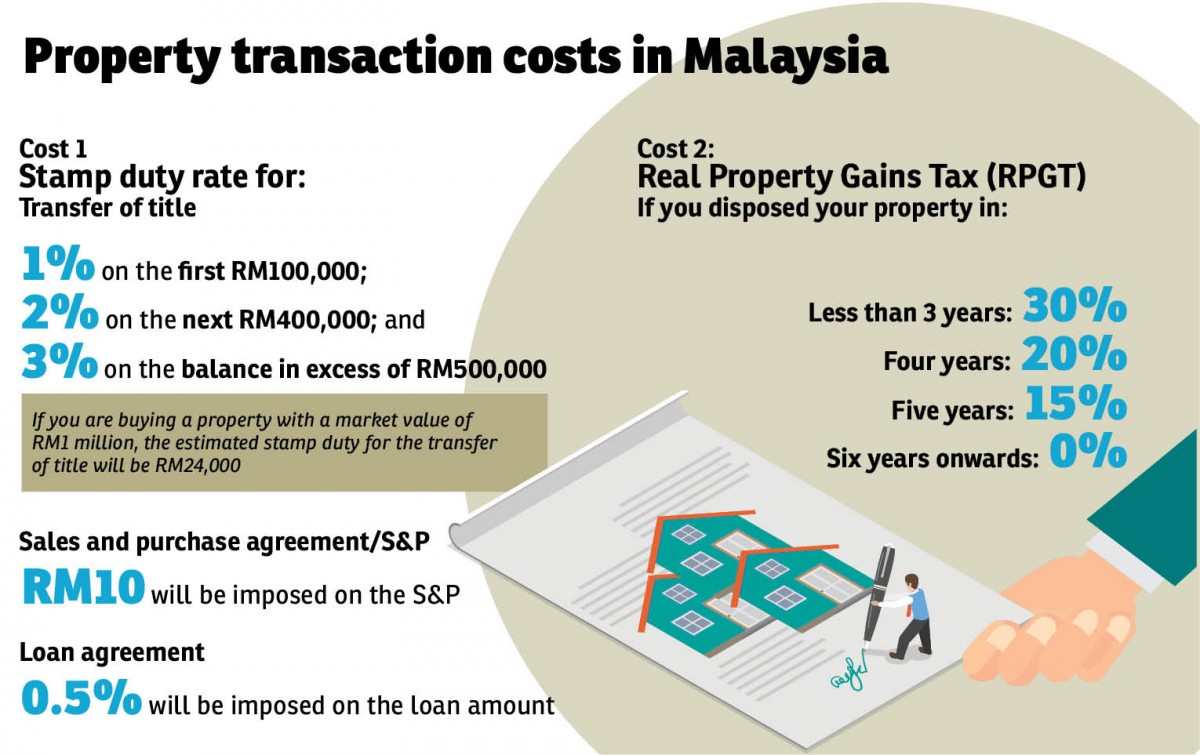
In 1975, Williamson developed and expanded Coase’s views to promote better awareness of transaction cost theory among economists.

Coase termed these costs “transaction costs.” Coase believed that transaction costs referred to the following three types of cost: (1) search cost: the cost of search for required goods (2) bargaining cost: the cost of negotiating and reaching an agreement and (3) enforcement cost: the cost of executing a contract and supervising its execution after the transaction has been validated. Coase questioned the validity of zero transaction cost as described by conventional economic theories and asserted that in the process of a transaction, uncertainty in the environment and the limited rationality of human beings might incur additional costs for the parties involved.

Transaction cost theory was introduced by Ronald Coase, a professor at the University of Chicago, in The Nature of the Firm published in 1937. Decisions or “transactions” involving choices of food, clothing, education, and jobs broadly and deeply influence human lives.Īlthough most related studies have concentrated on medical advice-seeking behaviors in relation to various diseases or variations in medical advice-seeking behaviors between different societal groups, the present study, used the transaction cost theory to deconstruct medical advice-seeking behaviors from the standpoint of the users (Tables 1, 2). “Transactions” involving medical services constitute critical decisions many people must make in their lives. Medical advice-seeking behaviors can influence the prognosis of a disease, medical expenses, and equity in access to medical resources. Transaction cost theory is a principal theory for management and organization studies. Williamson developed a comprehensive framework for transaction cost theory based on Coase and related literature. The idea and importance of transaction costs was initially described by Ronald Coase in 1937. Shortages of medical resources have prevented large numbers of older adults with chronic diseases from receiving proper medical attention and treatment, thereby leading to numerous acute complications and consequential medical consumption behaviors, which have caused not only considerable consumption of scarce medical resources but also a decline in medical care quality that has induced numerous problems. The status of Taiwan’s society as aging is aggravated by the increasing occurrence of chronic diseases among the geriatric population. According to statistics from the Executive Yuan, the aged population in Taiwan will reach 4.75 million by 2025, denoting that one in every five citizens will be over 65 years of age. With the most rapidly aging society worldwide, Taiwan is poised to become an aged society. In the first year - 2020 - the information is required only for default options.Population aging is an international phenomenon revealing a steadily increasing life expectancy among geriatric people. In February 2020 the FCA made rules requiring governance bodies to make costs and charges information relating to workplace personal pension schemes publicly available on a website for calendar years. In February 2018 the Department for Work and Pensions (DWP) made rules and guidance requiring trustees to make costs and charges information relating to defined contribution occupational pension schemes publicly available on a website for scheme years ending on or after 6 April 2018. However, there are a number of technical differences in the detail.

The FCA slippage cost methodology is based on the concept that underpins one of the two methodologies for calculating transaction costs for products subject to the Packaged Retail and Insurance-based Products (PRIIPs) Regulation. These rules form part of the FCA handbook ( COBS 19.8) and were first published as part of policy statement PS17/20. information about administration charges and.information about transaction costs calculated according to the ‘slippage cost’ methodology.Since January 2018, asset managers have been required to respond to requests for such information about costs and take reasonable steps to provide: Since April 2015, the governance bodies of defined contribution workplace pensions have been required to seek to obtain information on charges and transaction costs and explain the extent to which they offer good value for members. Transaction cost disclousre in DC workplace pensions


 0 kommentar(er)
0 kommentar(er)
